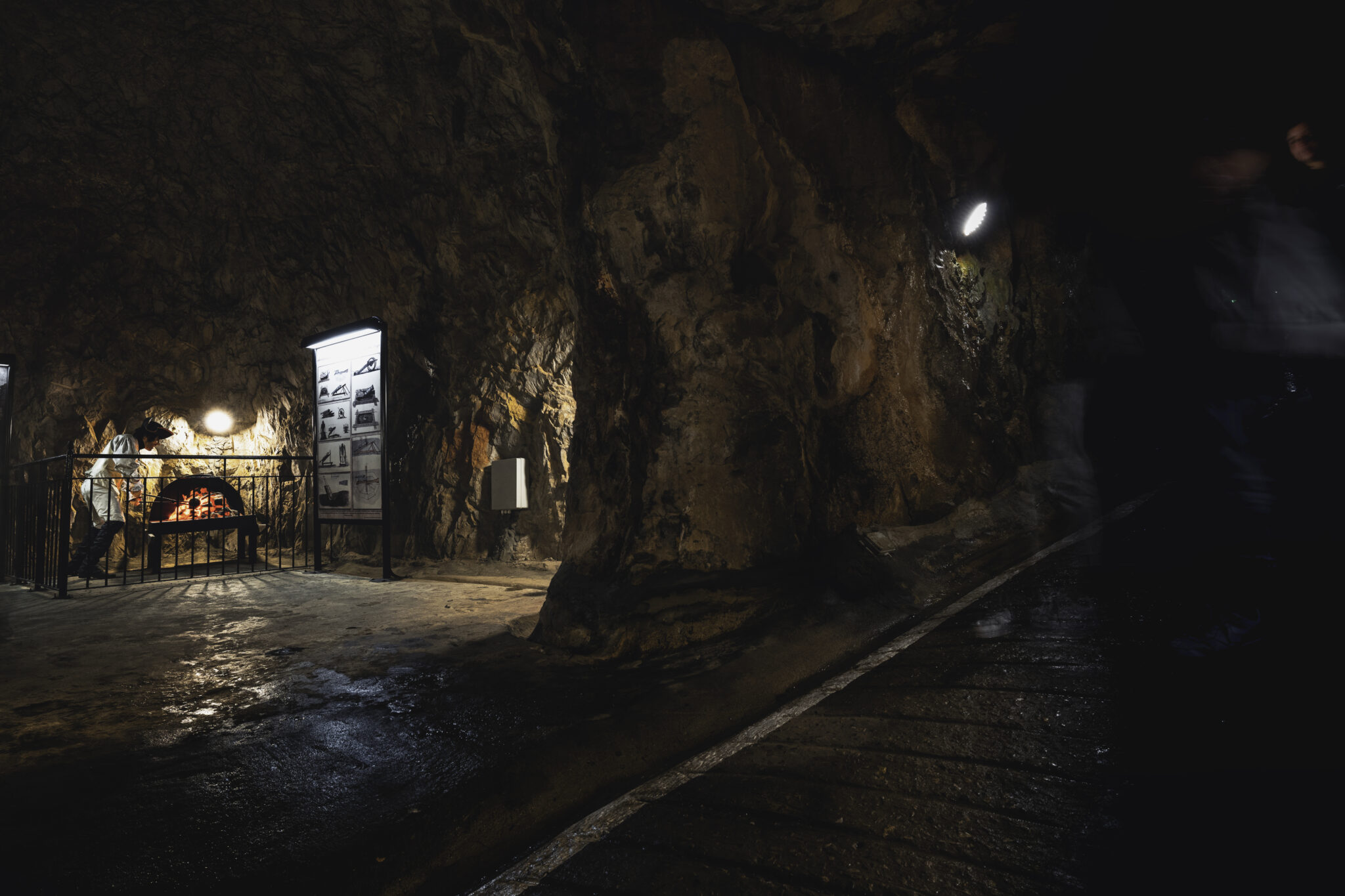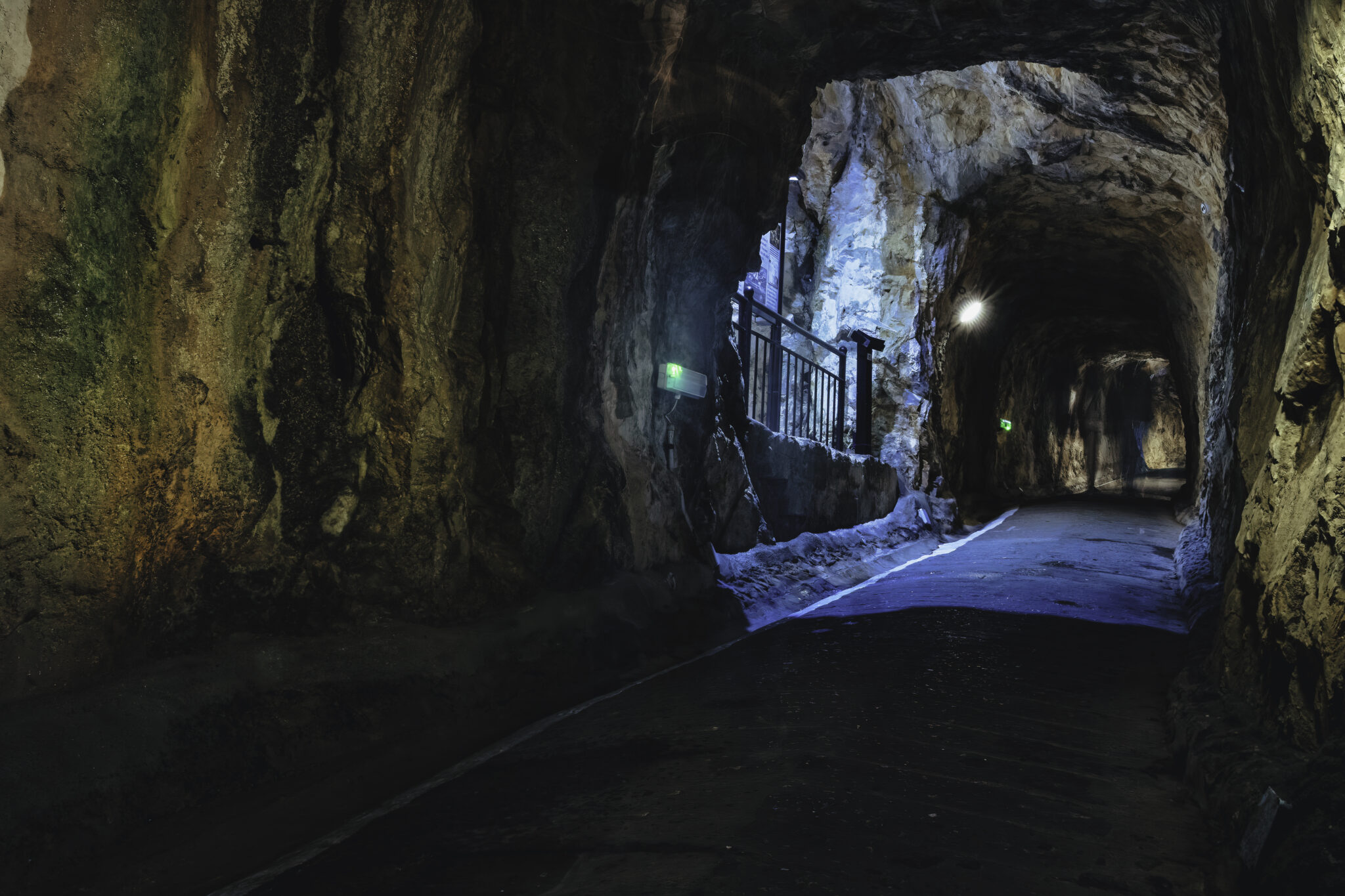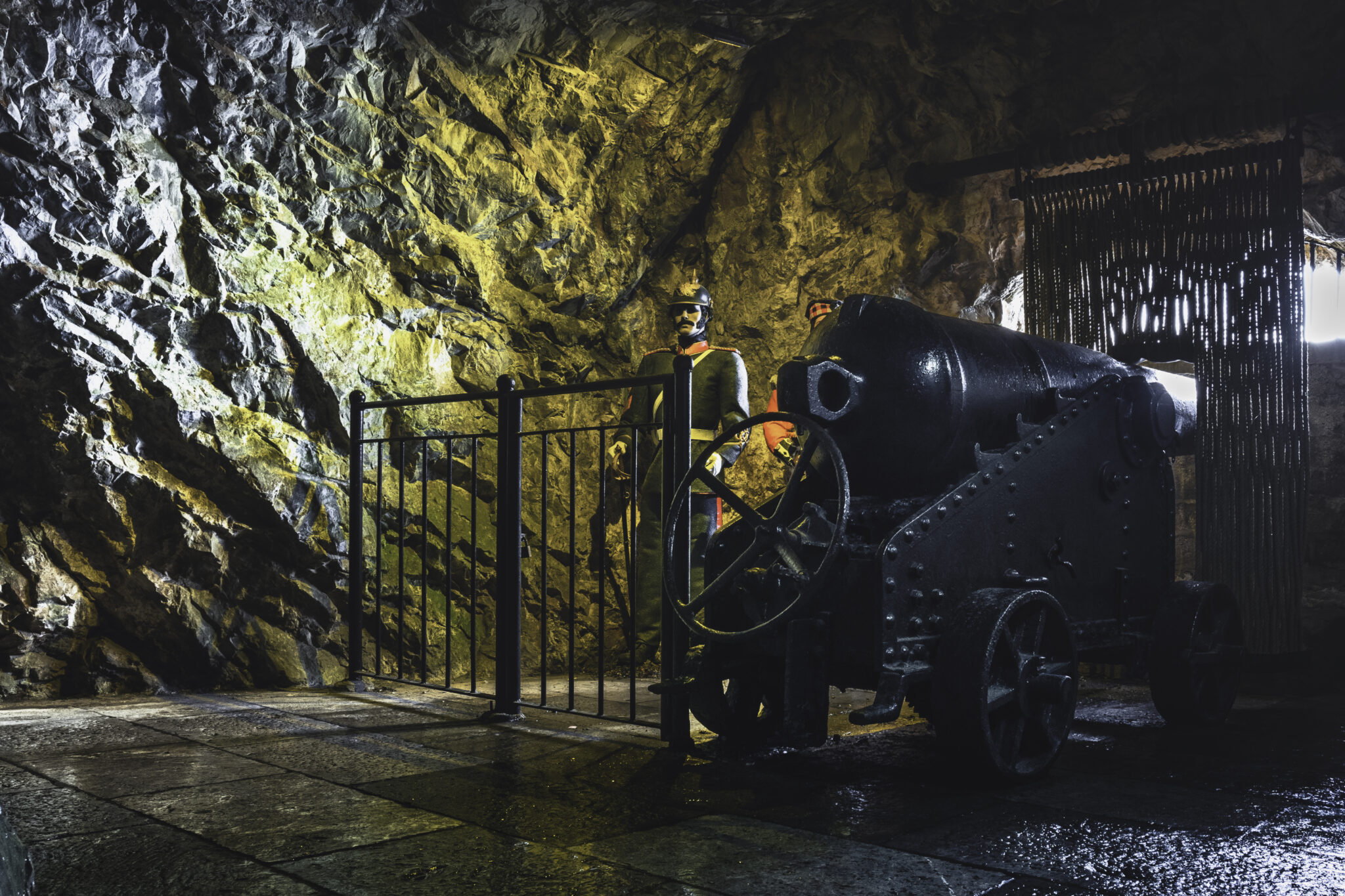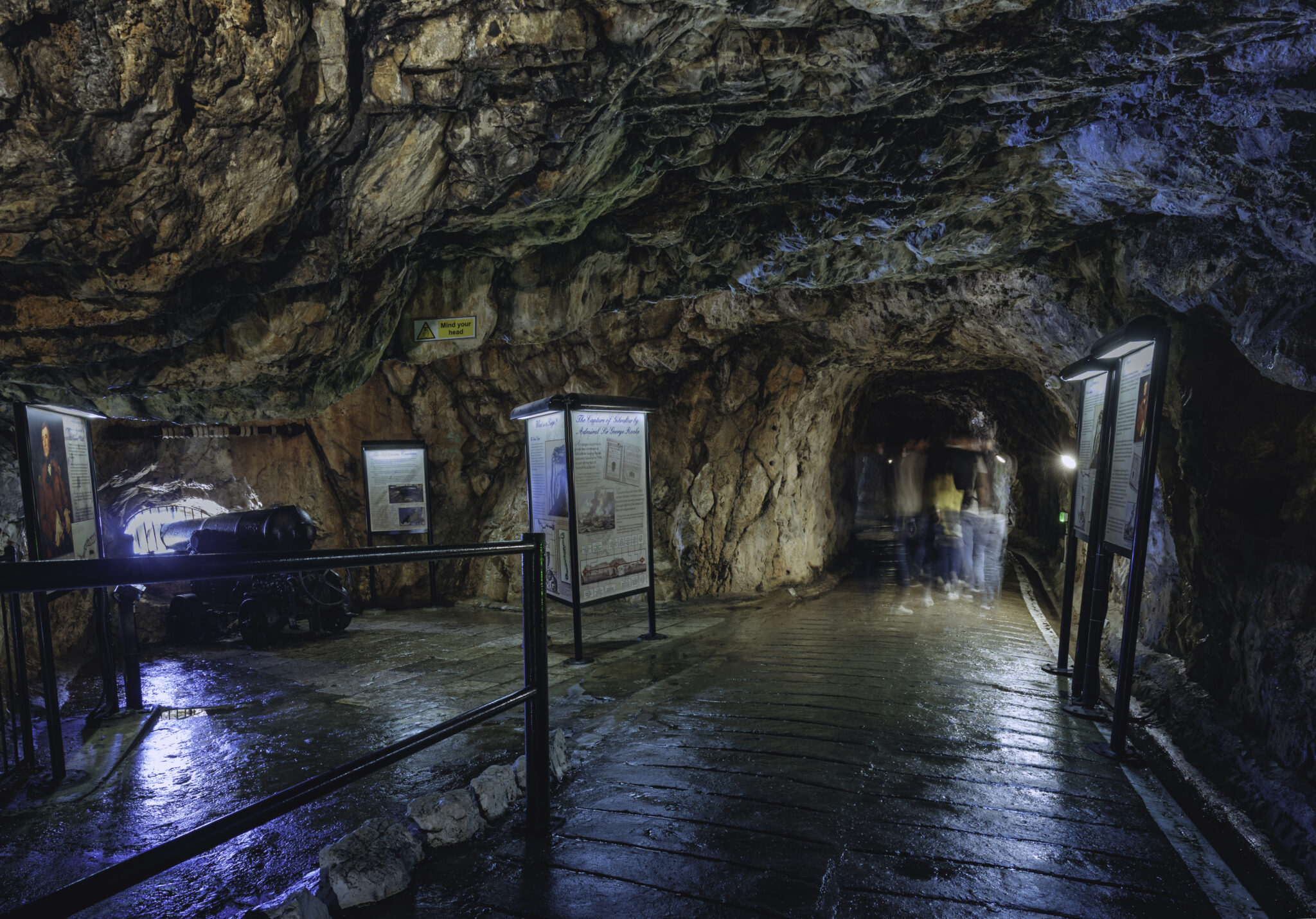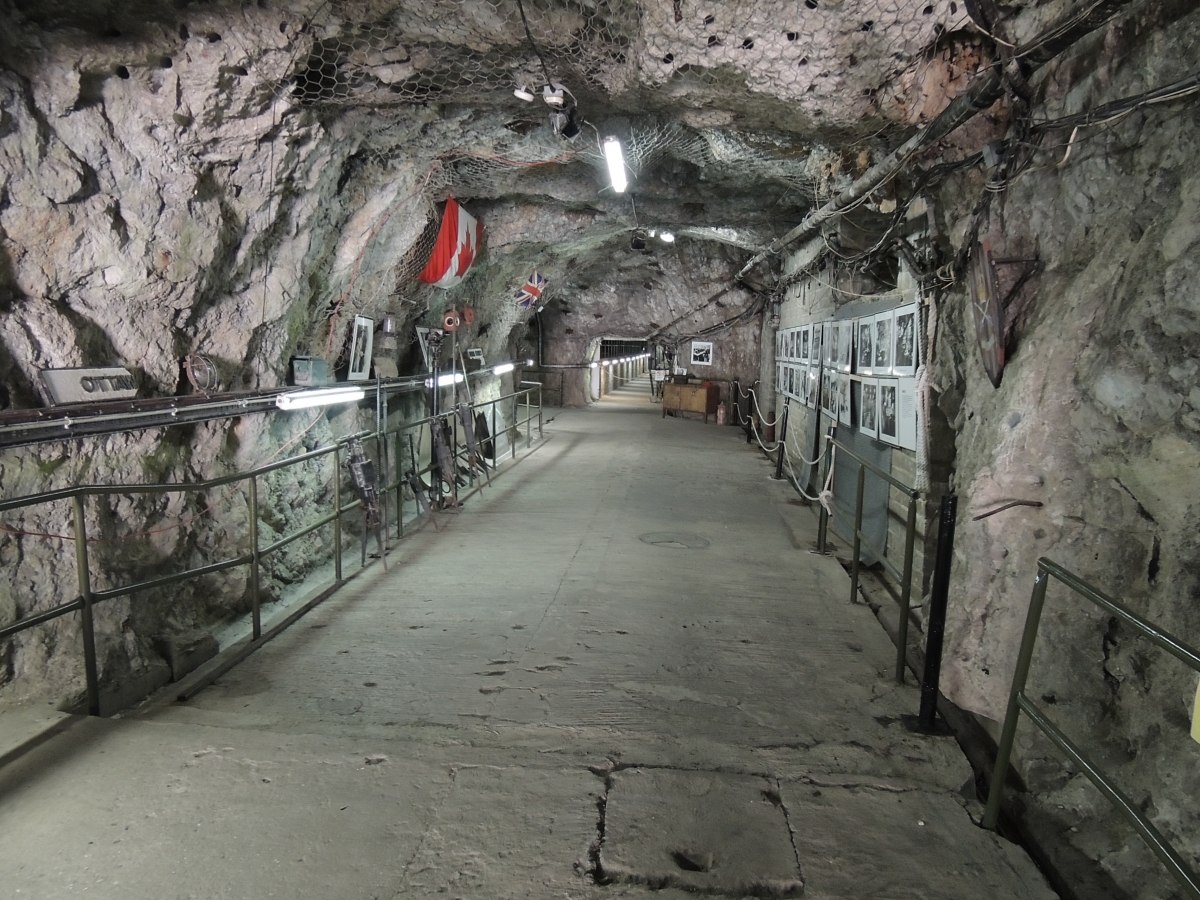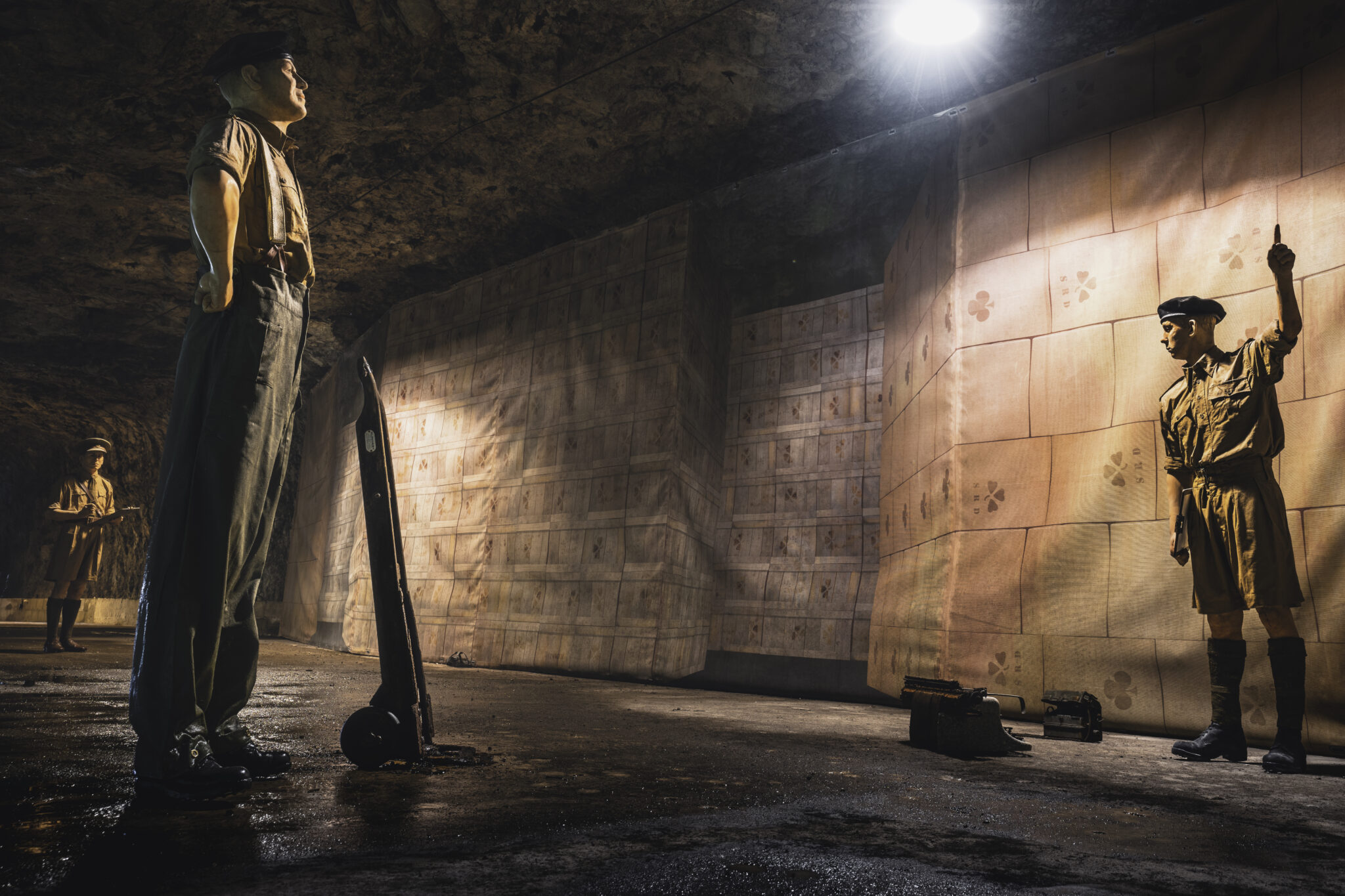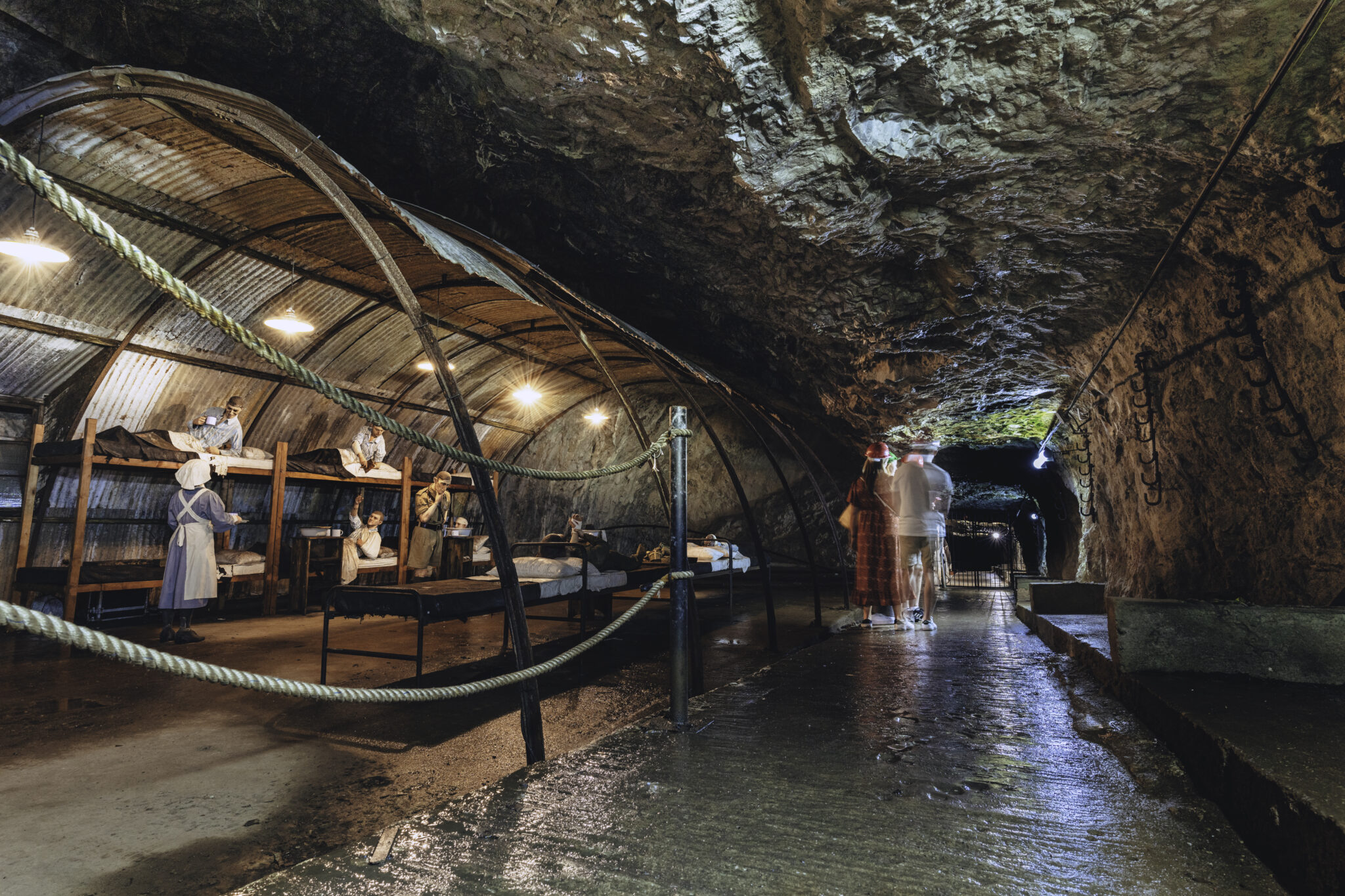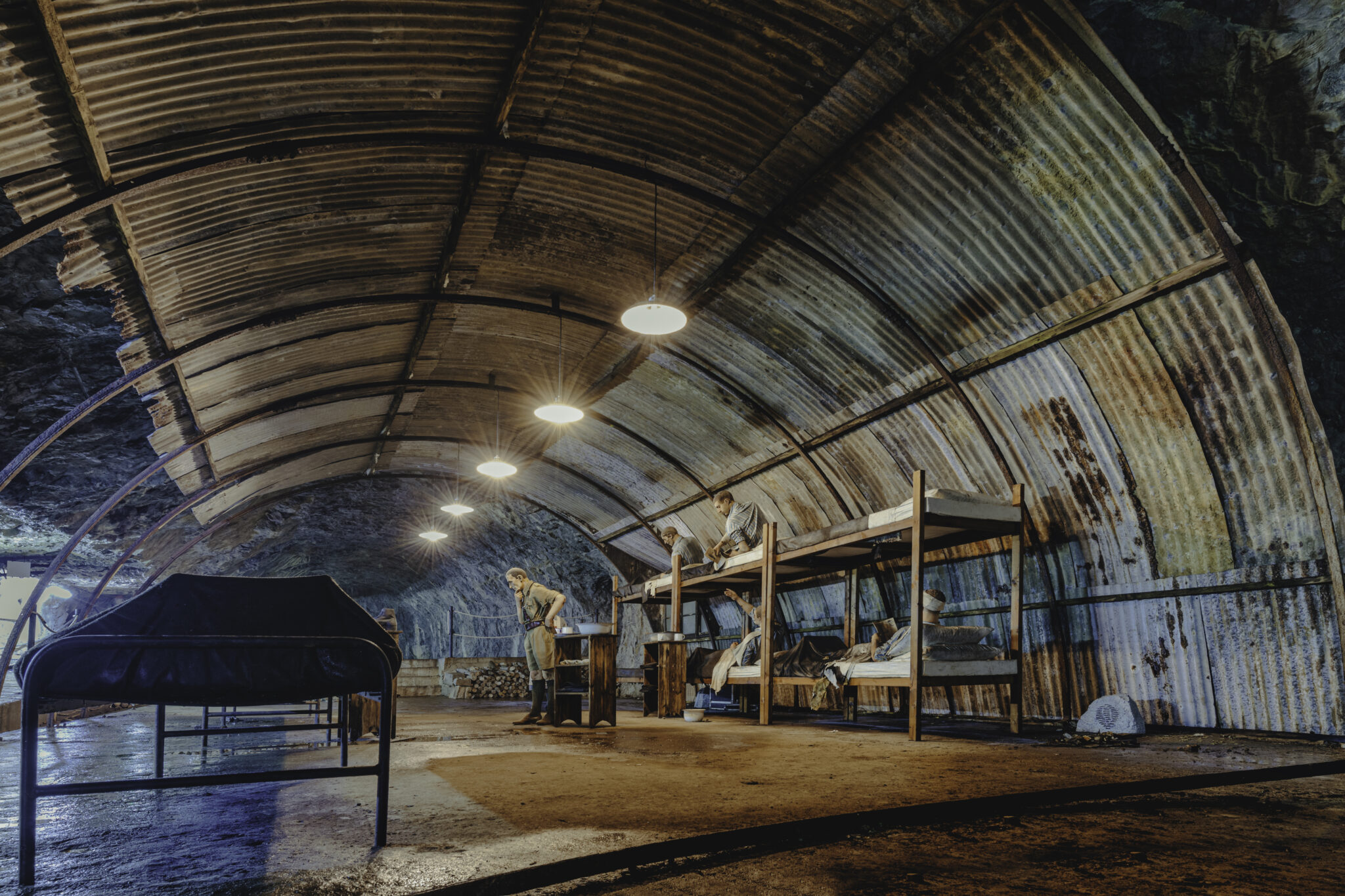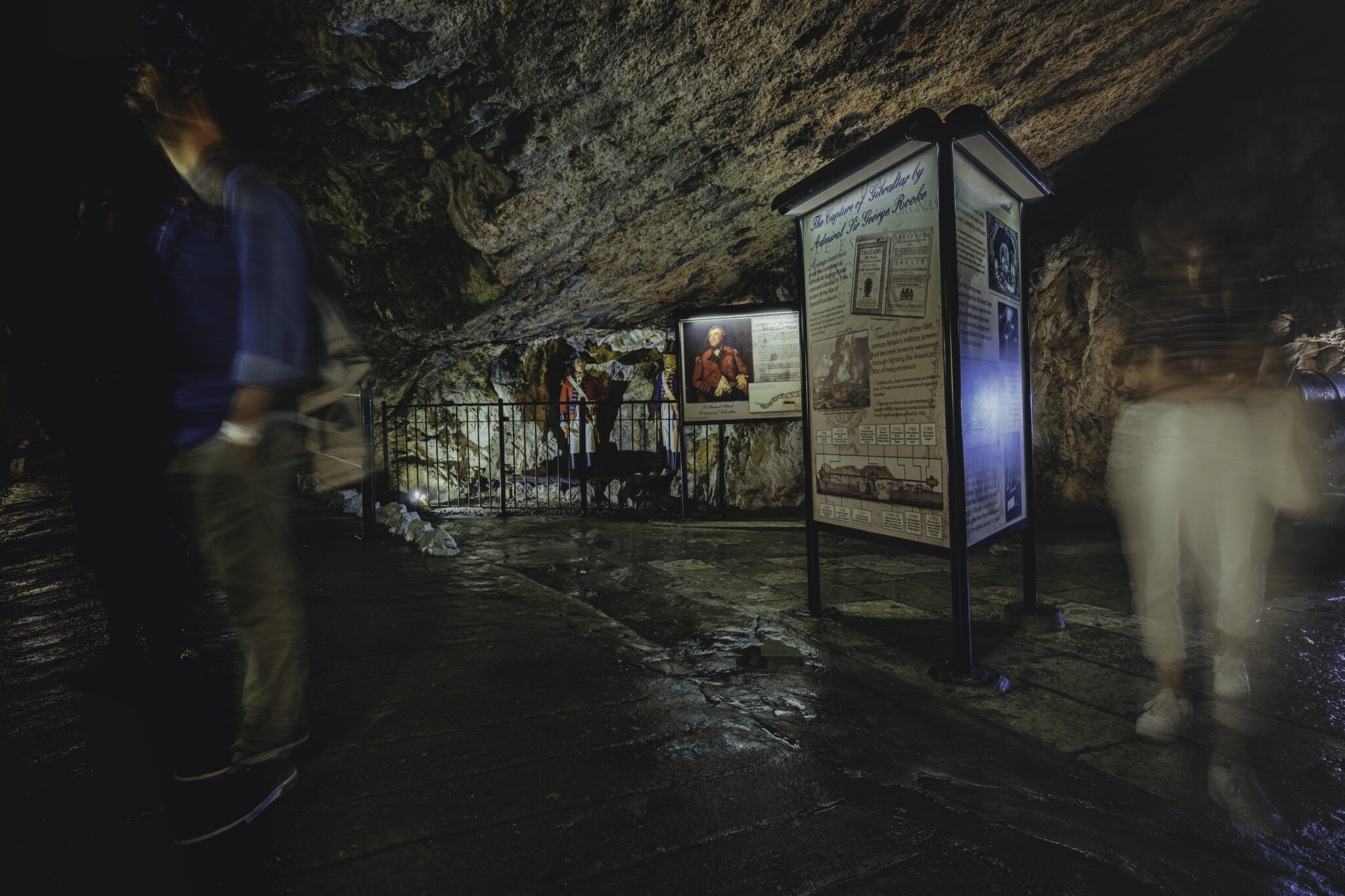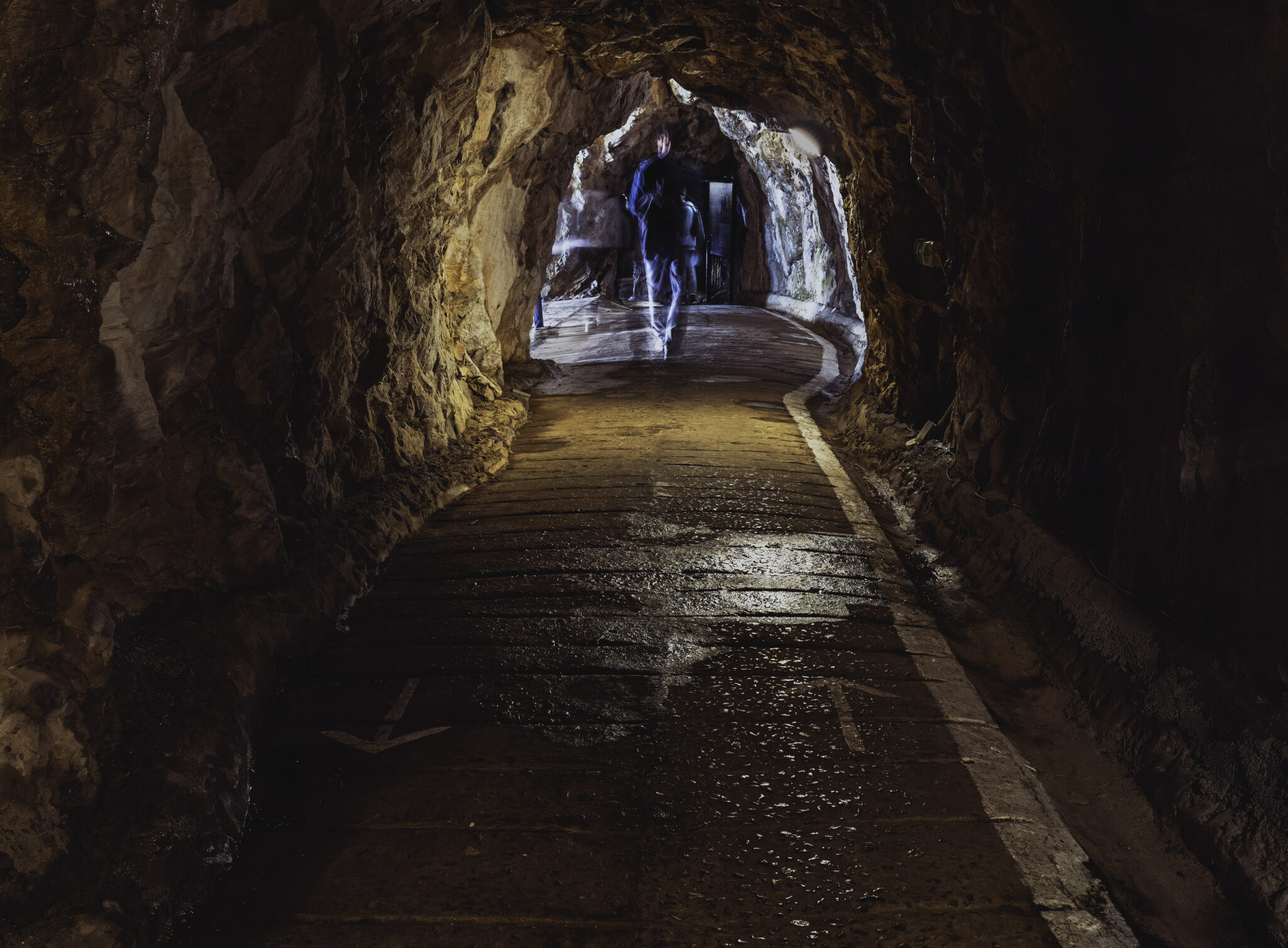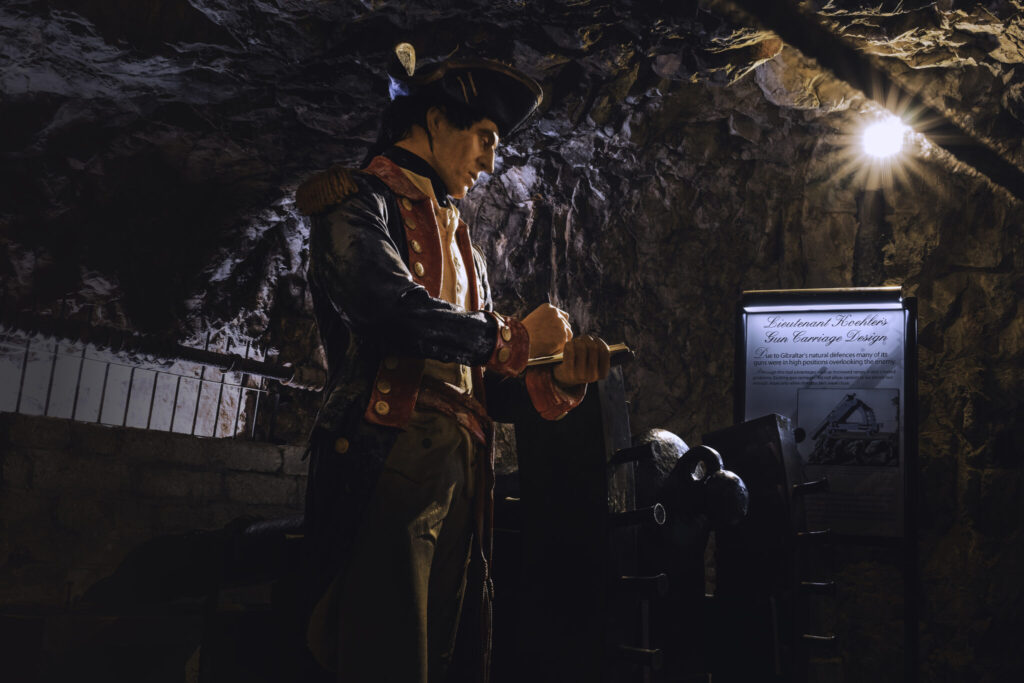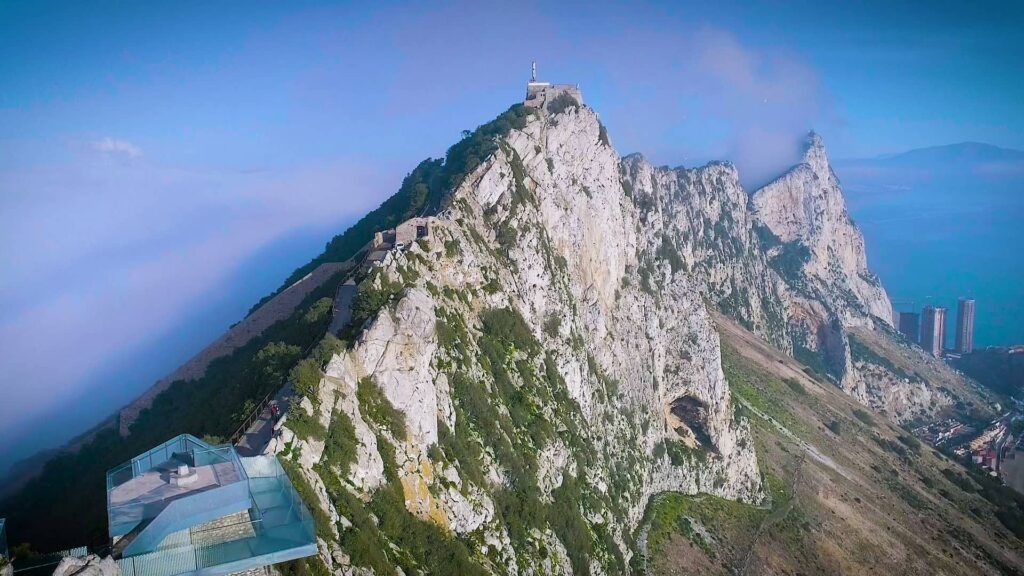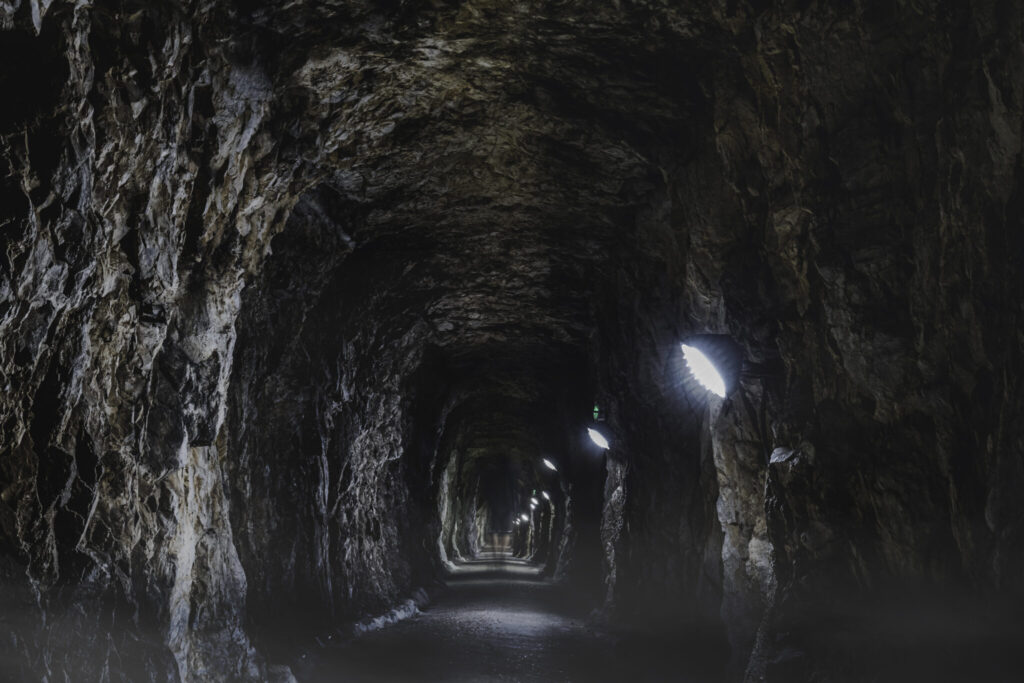
Military Tunnels
In 1704, a joint British and Dutch force captured Gibraltar during the War of Spanish Succession and in 1713 the Treaty of Utrecht was signed, granting Gibraltar to the British Crown. In 1782, renewed Spanish military activity prompted the Governor of Gibraltar, General George Elliot, to find new ways to counter the Spanish effort to re-gain Gibraltar. One idea arose from Warrant Officer Ince, who suggested a gun battery on the notch, a ledge that sits halfway up the North face of the Upper Rock. Tunnelling towards the notch commenced and after blasting some fifteen meters, an opening had to be constructed to provide ventilation. It was then realised that such openings would make for excellent gun emplacements. Tunnelling therefore continued during the 18th century, giving rise to the many gun emplacements that are seen on the Northern cliff face. The most impressive of these is today one of the Reserves most popular attractions the Great Siege Tunnels.
It is no wonder that such an idea would spawn further internal fortifications throughout Gibraltar’s history with some 55 kilometres of tunnels honeycombed throughout the Rock. During WWII the epitome of this concept came to fruition when the Royal Engineers and the Canadian Army ventured to create the WWII Tunnels an ‘underground city’ capable of housing a 16,000 strong garrison with all the necessary amenities and provisions capable of withstanding a year long siege.



